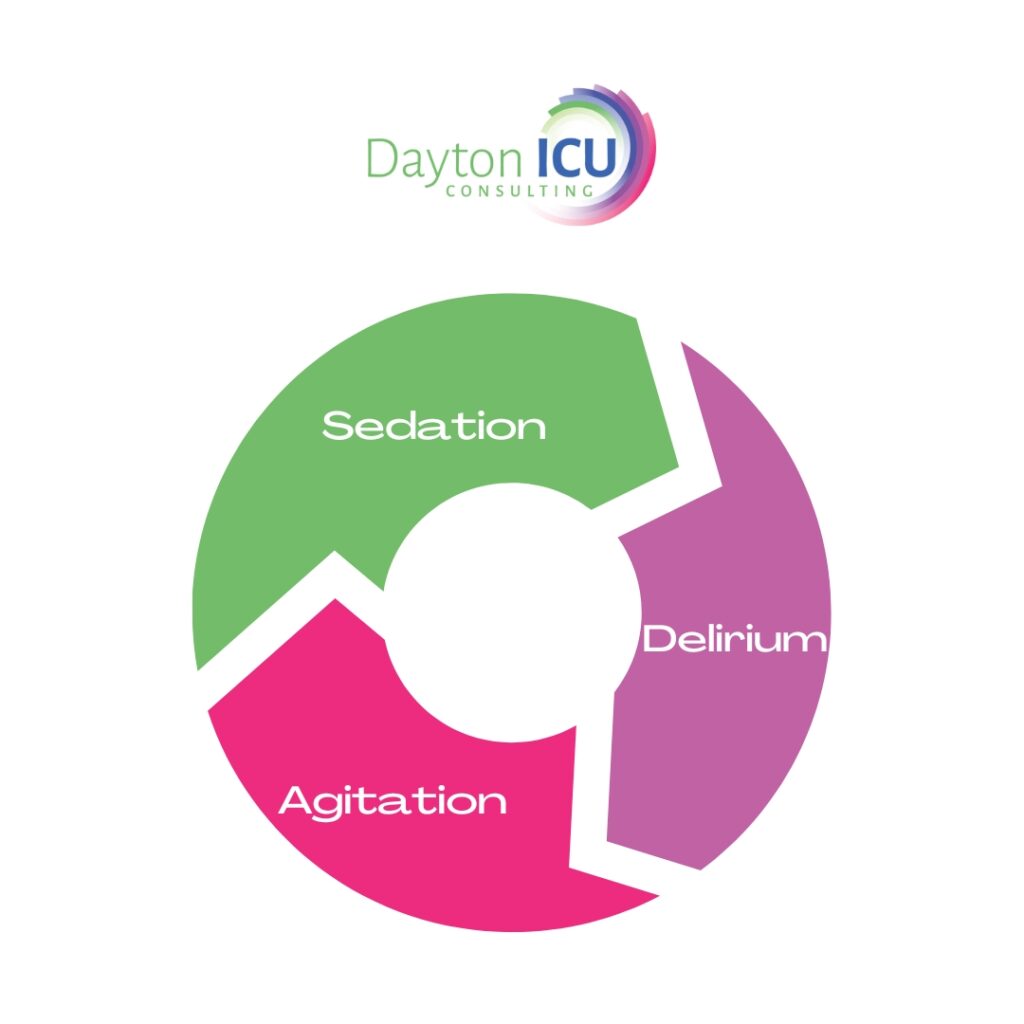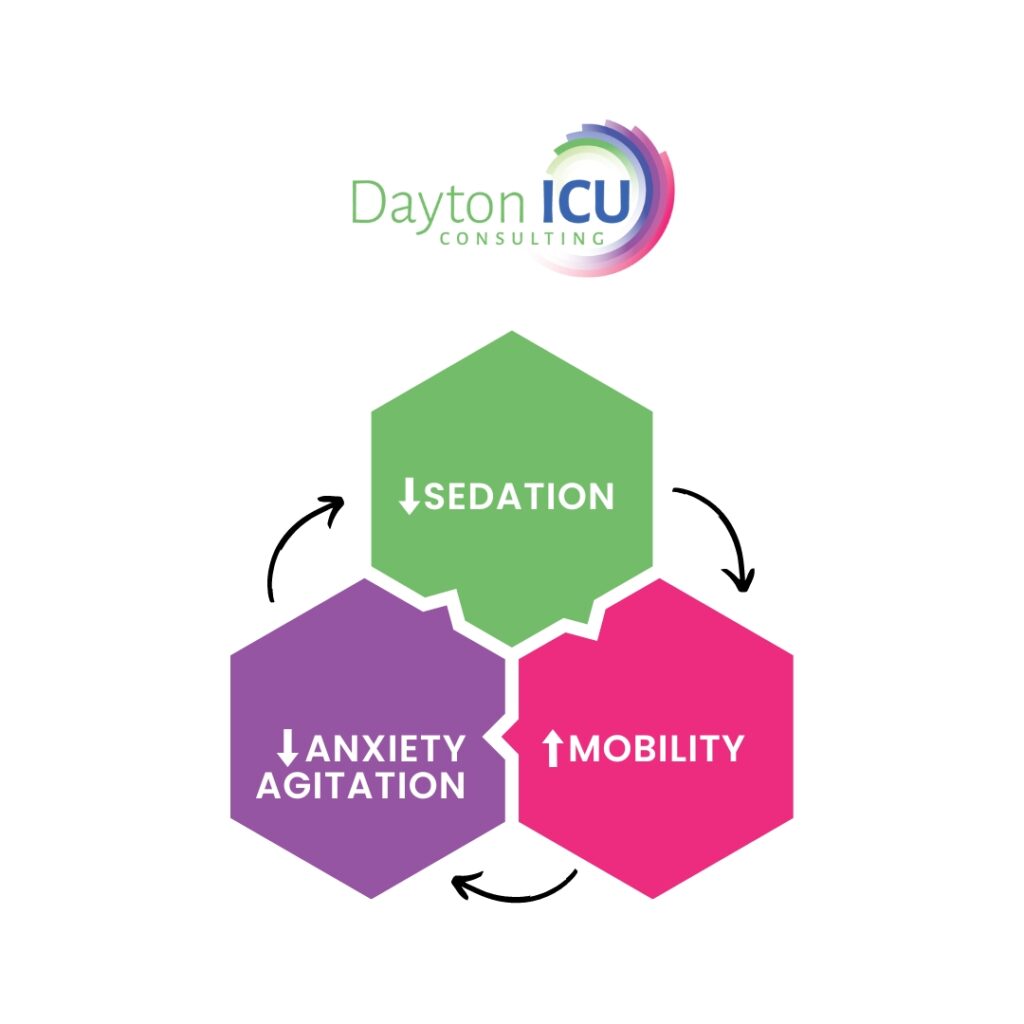Podcast: Play in new window | Download
Subscribe: Apple Podcasts | Spotify | Android | Pandora | iHeartRadio | TuneIn | RSS

We explore the world of thrombectomy for acute ischemic stroke with Justin F. Fraser (@doctorjfred), MD, FAANS, FAHA, Professor and Vice-Chair of Neurological Surgery and Director of Cerebrovascular Surgery and Neuro-interventional Radiology at University of Kentucky, where he specializes in cerebrovascular, endovascular, skull base, and endoscopic transsphenoidal surgery.
Learn more at the Intensive Care Academy!
Takeaway lessons
- In the opinion of Dr. Fraser, thrombectomy for qualifying patients with acute ischemic stroke is the current standard of care. Patients in non-thrombectomy centers should be transferred. Failure to do so is potentially negligent.
- Dr. Fraser feels there are few true contraindications to thrombectomy (as long as the patient’s goals are concordant), and the current indications should probably be most strokes <24 hours with a large vessel occlusion on CTA – i.e. ICA (including with a tandem extracranial carotid occlusion), MCA, ACA, or basilar. He no longer feels most cases need perfusion imaging as even large or older infarcts seem to benefit.
- The main current question is the utility of thrombectomy in “medium vessel occlusions,” such as M2 and more distal vessels.
- Radial artery access is growing in popularity, similar to its growth in cardiovascular interventions, now that devices have shrunk enough to fit. The right wrist is preferred.
- In general, qualifying patients should still receive systemic thrombolytics as soon as possible prior to performing thrombectomy, at least with the state of the evidence in 2025. This also helps manage any particles that embolize into more distal vessels during aspiration of a larger thrombus.
- Generally, thrombectomy is merely a process of aspirating an embolus. However, if thrombosis also involved an intracranial atherosclerotic narrowing, there may still be unstable stenosis afterwards, so about a third of cases also require stent placement. (Carotid occlusions are a different story and usually need stenting, just as with elective endarterectomies.) When stents are placed for this reason or for a carotid lesion, dual antiplatelet inhibition is usually needed; this may be started during the procedure with an intra-arterial agent if DAPT is not already on board.
- Thrombectomy can be performed under local anesthesia only, or under deeper sedation; the practice for Dr. Fraser’s group is to put everybody under general anesthesia. Anesthesia’s efforts are performed simultaneously to the interventional prep and should not delay it.
- Post-procedure blood pressure targets are controversial. Fraser targets SBP <160 for 24 hours to limit reperfusion hemorrhage.
- Post-procedure MRI is usually appropriate to delineate infarct size and to appreciate the degree of edema, potentially requiring decompressive craniectomy (large hemispheric or cerebellar stroke). If MRI is delayed, CT is appropriate, perhaps dual-energy CT to differentiate hemorrhage from contrast staining.
- Expanding thrombectomy to more patients in smaller hospitals requires more trained neurointerventionalists, but this is not a completely simple matter, as it must be balanced against adequate volume to maintain proficiency for the proceduralists and their teams. Smaller centers also need a link to a larger center that can support them for scheduling gaps and complications.








